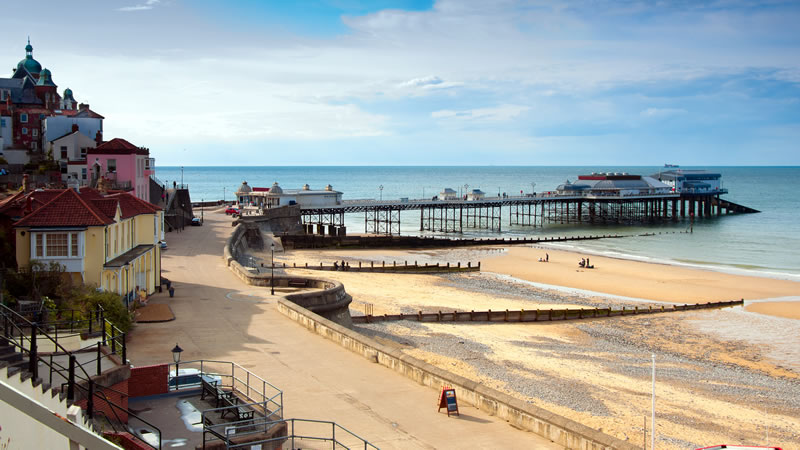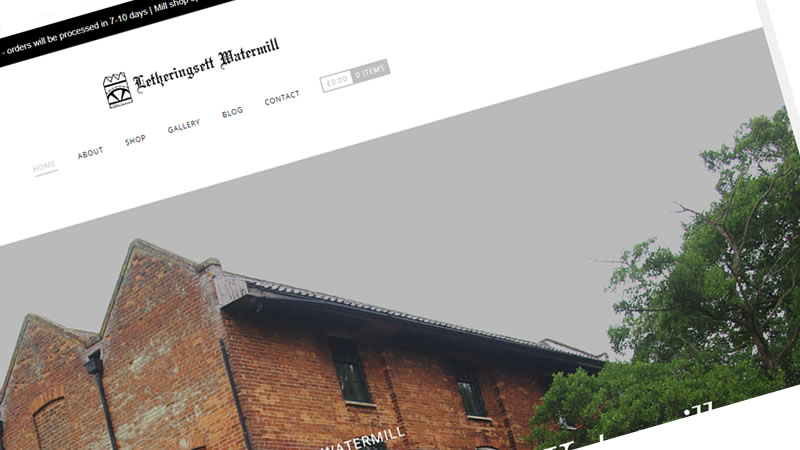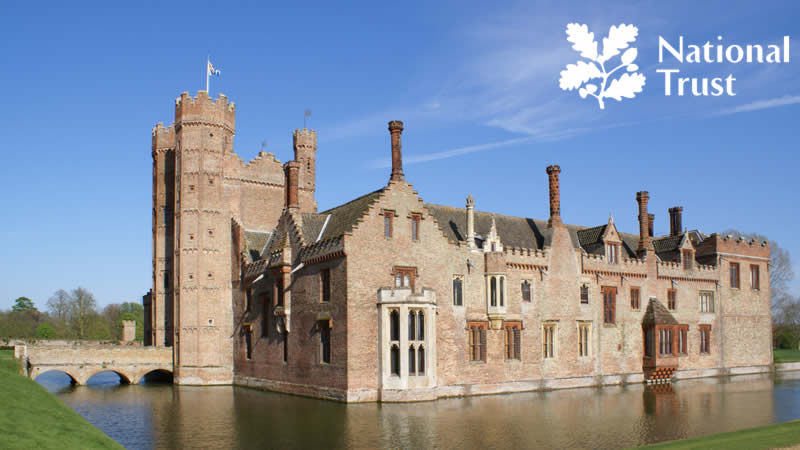Some Interesting facts about Norfolk
Published date: October 2018

If you were born and raised in Norfolk, you might know many of the following Norfolk facts. However, some are quite obscure; how many are you familiar with?
- Norfolk has over 650 medieval churches
- North Walsham market cross was originally built in the 16th Century
- King's Lynn Custom House was initially built in 1683
- Castle Rising, a Norman fortress was built around 1140
- Sandringham Royal Family's Estate, is where the Queen spends Christmas
- In Old Hunstanton, the ruins of St Edmunds Chapel is said to commemorate the landing of the King of the East Angles in 850 AD
- Castle Acre Priory, dates back to the 12th century
- Thetford Forest covers an area of around 80 square miles
- Grimes Graves are 4,000 years old and were once Neolithic flint mines
- Queen Boudicea and the Iceni tribe lived in Norfolk some 2,000 years ago
- Caister Castle was the first brick castle to be built in England and was erected in the 1430's
- Happisburgh lighthouse was constructed in 1791
- Acle was granted permission to hold a market in 1272 and, to this day, one is held every Thursday
- Caistor St Edmond has the remains of the Roman town of Venta Icenorum
- Hingham is an ancient settlement, and as early as 925 AD it is recorded as being the property of King Arthelstan
- Humphrey Repton designed Sheringham Park in 1812
- Blickling Hall dates from the early 17th century
- Oxburgh Hall was built by the Bedingfield family in 1482
- The Norfolk Broads were created by the flooding of ancient peat diggings
- St Benet's Abbey was founded in around 955AD and was once an important Benedictine monastry
- Stalham's gabled hall dates back to 1670
- The Norfolk Broads are made up of twelve large and twenty-four small lakes or meres
- The Swallowtail butterfly, the largest butterfly in Brittain, can now only be found in the Norfolk Broads
- Aldborough village is listed in the Domesday Book
- Most of Attleborough's town was destroyed by fire in 1559
- Aylsham was famed for its linen and canvas industry during the 14th century
- Cromer's best known feature is its pier, and was built in 1900
- Cromer's lighthouse was built in 1833
- Dereham's Church of St Nicholas was built by the Normans in the 13th century
- The Doomsday Book in 1086 AD states that Fakenham had a population of 150
- St Nicholas Church, Great Yarmouth, is the largest parish church in England
- Gresham's public school, Holt, was originally founded in 1515
- In 1349 AD the Black Death struck King's Lynn and nearly half of the town's population perished
- Thetford Castle Hill is England's tallest medieval earthwork
- Medieval Norwich had an incredible 57 churches within the city walls
- Norwich Cathedral has attracted many pilgrims for over 900 years
- Norwich Cathedral's construction commenced in 1096. However, the Cathedral was not finally consecrated until 1278
- In 1272 the original Norwich Cathedral cloisters were destroyed in a fire
- Norwich Castle was built by the Normans in the 12th century
- Norwich was the largest walled town in medieval England
- In 1549 an army of 20,000 rebels, led by Wymondham farmer Robert Kett, took over control of Norwich
- By the early 1670's Norwich had a population of around 21,000 and was probably the largest provincial town in England
- Norwich originally had three railway stations
- Admiral Lord Nelson was born in 1758 at Burnham Thorpe, Norfolk
- Colman's Mustard was founded by Jeremiah Colman in 1814
- Sir Thomas Bignold was the founder of the insurance business, Norwich Union, known today as Aviva
- The Gurney family helped to found what is now known as Barclays Bank
- Start-rite Shoes has been in Norwich for over 400 years
- A. J. Caley began making chocolates at Chapelfield and the brand still exists today
- The name Bowthorpe came from either Denmark or Norway and was originally spelt Boethorpe
- Old Catton was inhabited as far back as the Stone Age
- Costessey Park House, was built around 1450
- From 1882 to 1959 Drayton had a railway station
- In 1086 Sprowston was first officially mentioned in the Domesday Book
- Taverham Hall was built by the Rev. J. Nathaniel Micklethwait in 1859
- The Norfolk coastline was the first part of Britain settled by early man
- Norfolk is one of the few counties that doesn't contain any stretches of motorway
- The spire of Norwich Cathedral is 315 feet high, second only to that of Salisbury
- The Norfolk accent is very hard to imitate, with many nuances that are difficult to capture
- A bishy barnabee is the Norfolk name for a ladybird
- Norfolk is England's fifth largest county
- The Norfolk coastline is nearly 100 miles long
- Norfolk's highest point is Beacon Hill, near West Runton, 338ft above sea level
- Howard Carter the archaeologist who discovered the tomb of Tutankhamen grew up in Swaffham
- 'On The Ball City', Norwich City Football club's song, is the oldest football chant that is still being sung in UK football clubs today
- The Adam and Eve public house in Bishopgate is Norwich's oldest pub and was built in 1249 for workers building Norwich Cathedral
- In 1963 the Grosvenor Rooms on Prince of Wales Road, Norwich played host to a Beatles gig

Norfolk Bread Pudding Recipe

Where to go for Delicious Ice Cream in Norfolk

A day out at Gressenhall Farm and Workhouse

Bircham Windmill

A Day Out in Cromer

Escape the Room Games in Norfolk

Letheringsett Watermill

Great Yarmouth Pleasure Beach

Dogs looking for their forever homes in Norfolk

Norfolk Lavender

Some of the best Indian Restaurants and Takeaways in Norfolk

The Bressingham Gardens

Coffee Compost Scheme Norfolk - Can You Help?

Norfolk and Norwich Skateparks




